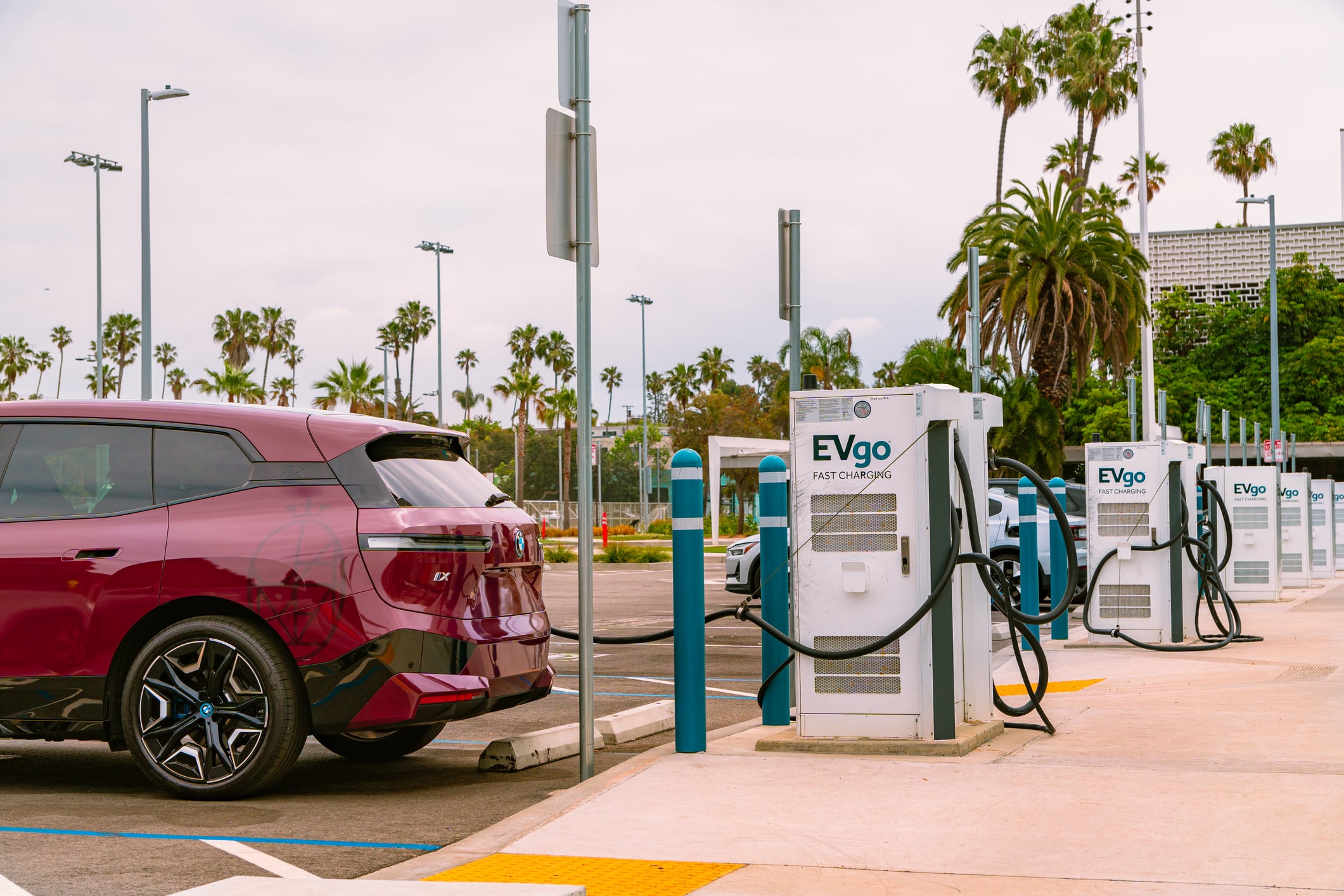California now has 48% more electric vehicle chargers than traditional gasoline pumps, highlighting a significant shift in the state’s transportation landscape.
Recent data released by the office of California Governor Gavin Newsom reveals a significant shift in the state’s transportation landscape, with California now boasting 48% more electric vehicle (EV) chargers than traditional gasoline pumps. As of now, the California Energy Commission (CEC) reports approximately 178,000 public and shared private EV chargers in the state, juxtaposed against about 120,000 gasoline dispensers.
Governor Newsom remarked, “As the federal government works to make it harder for you to charge your electric car, California is doing the opposite.” His comments highlight the state’s commitment to expanding its electric charging infrastructure, despite potential regulatory challenges at the federal level.
The majority of the charging options available in California are Level 2 chargers, totalling around 162,000. These chargers are designed for slower charging, making them suitable for home and workplace usage. In contrast, there are about 17,000 DC fast chargers, which facilitate quicker charging speeds akin to refuelling at a petrol station. While the faster charging is critical for long-distance travel and for urban EV users who may not have home charging access, most electric vehicle owners in the U.S. primarily charge their cars at home.
This infrastructure expansion comes in light of an accelerated adoption of electric vehicles within the state. In 2023, around 25% of all new car sales in California were electric. To further fortify this momentum, California is undertaking a significant investment plan amounting to $1.4 billion. This plan aims to expand both EV and hydrogen fueling stations, enhance the reliability of existing chargers, and streamline the permitting processes for new installations.
Setting high standards for clean transportation, California mandates that 68% of new car sales must be zero-emission by 2030, with an outright ban on new gasoline-powered vehicles slated for 2035. However, these ambitious goals may face legal and legislative hurdles, particularly as the Trump administration is anticipated to contest California’s authority to impose stricter emissions standards. This authority is not only significant for California but is also being emulated by roughly a dozen other states.
In the meantime, California solidifies its position as a leader in the electric vehicle market and charging infrastructure, though ongoing investment and stable regulations are deemed vital for the sector’s continued growth.

